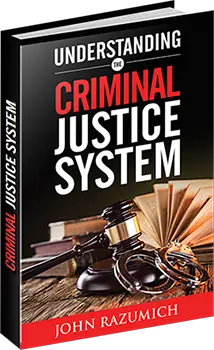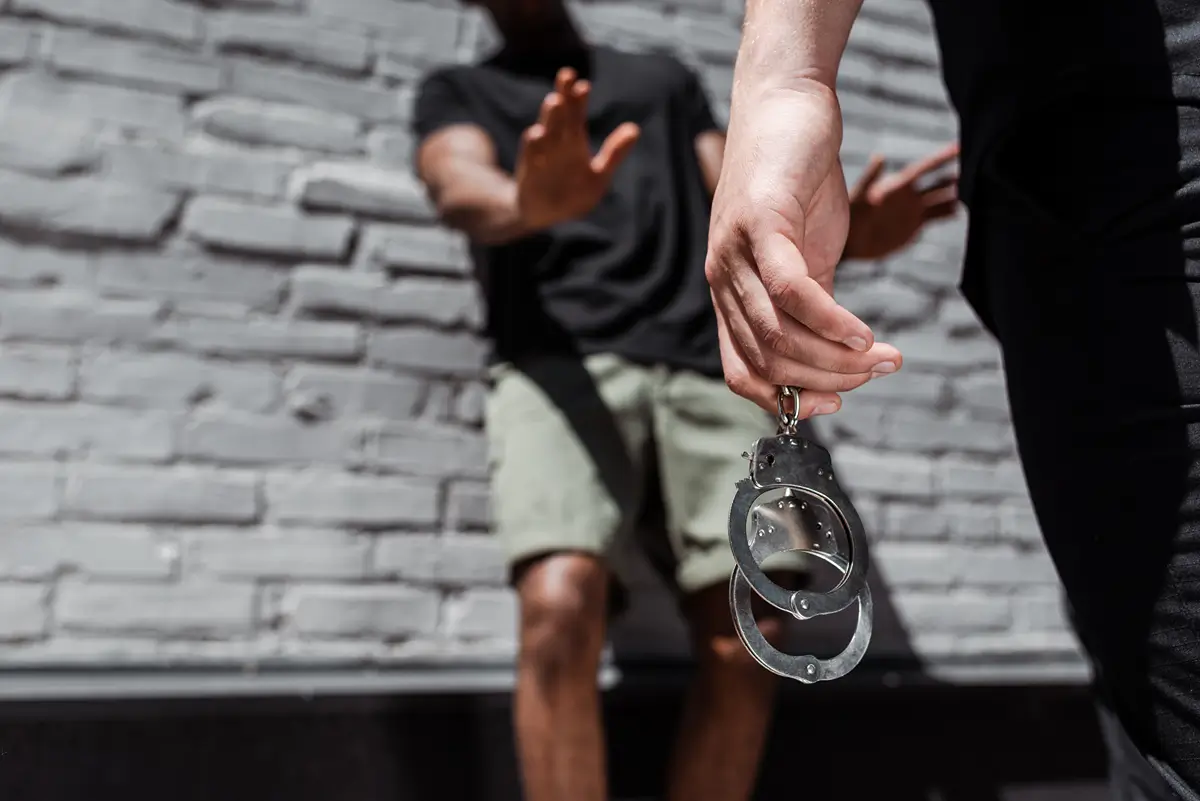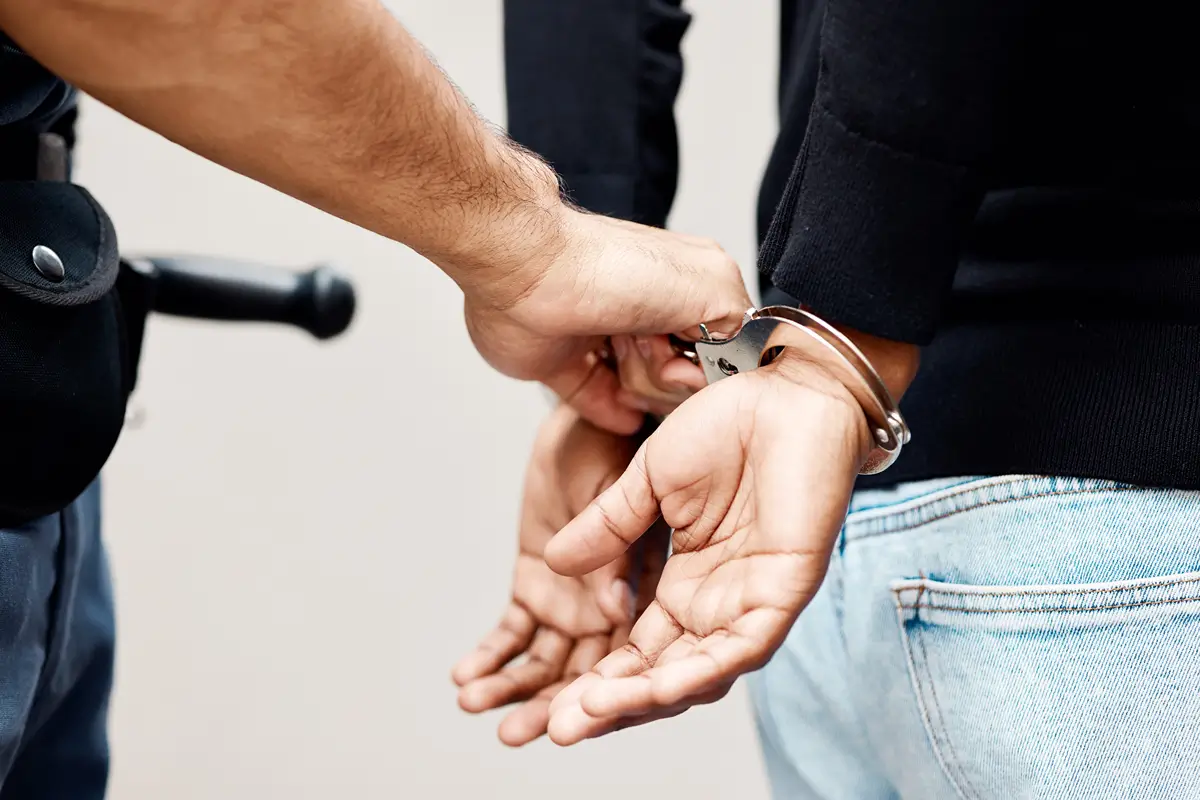I recently came across an historical criminal case which many criminal attorneys do not know about. This case still has precedential value today 116 years later. It is the only criminal case argued in front of the U.S. Supreme Court since the Supreme Court began over 240 years ago. This case is one that criminal attorneys can continue to learn from and draw inspiration from because though tragic from the get-go, there were several heroic attorneys making every effort to convince others in positions of power and influence to do the right thing.
In Part 1, I will lay out the background and the proceedings that take the case right up to the actions that finally brought it to the Supreme Court. Part 2 will take it from that point to its conclusion.
The Background
The case begins with the following event that occurred on the evening of January 23, 1906 in Chattanooga, Tennessee. A young white female, Nevada Taylor, rode the electric trolly home from work like she did every night. When she got off at her stop, she heard footsteps running up behind her, felt a leather strap placed around her neck. She couldn’t breathe and soon passed out. When she regained consciousness, she got up and ran home where she lived with her father who immediately called the local law enforcement office, Sherriff Shipp. Upon questioning, Ms. Taylor told Sherriff Shipp that the attacker whispered into her ear, “If you scream, I will kill you.” She also told the Sherriff that she did not see her attacker and that she had no idea who it could have been.
The Press Makes An Unfounded Assumption
The crime was an assault by an unknown person. Keep in mind that back in 1906 they didn’t have the ability to test for DNA nor did they have cameras in storefronts. It was a situation of “if you saw something, say something.” The press reported the crime calling it “the most heinous crime ever in Chattanooga’s history” and inflamed the situation by asserting that it had to be the crime of “a negro brute.”
Having nothing at all to go on, Sherriff Shipp, the county judge and the Governor of Tennessee offered a $371 reward to whoever could identify the attacker. That was roughly the equivalent of $6000 today. As you can imagine, there were people who wanted to get their hands on that kind of money.
A Victim of A Lie
According to the court records, the town bum, Will Hickson, a chronically unemployed ne’er-do-well and unreliable source cashed in. Mr. Hickson went to the Sheriff and announced that he saw Ed Johnson, an 18-year-old black man who had never had any encounters with law enforcement, carrying a leather strap the evening of the attack. Mr. Johnson was a hard-working young man who did carpentry work for the local church during the day and cleaned the pool hall at night. With no other leads, Sheriff Shipp brought Mr. Johnson in and constantly interrogated him for 3 hours during which Mr. Johnson maintained his innocence. Mr. Johnson told Sheriff Shipp that he had an alibi. He had been working at the pool hall that evening and there were at least a dozen witnesses that would verify his presence there all evening. Sherriff Shipp did not follow up on this information, however, he did arrest Mr. Johnson.
Another point to remember is that this was pre-Miranda rights. Mr. Johnson was granted no constitutional rights whatsoever.
Enraged Citizens Lay Siege On The Jailhouse
1906 was very early post-Reconstruction era and tensions regarding freed slaves ran high throughout the south. The press continued to inflame the townspeople to the point that Sherriff Shipp did one decent thing in the entire case. He felt that Mr. Johnson’s life was in danger, so he secretly moved Mr. Johnson to a jail in Memphis to await trial. After he was moved to Memphis, there were two sieges on the jailhouse with intentions to lynch Mr. Johnson.
An Unreasonable Timeline
Defendants in our justice system are entitled to a “fair and speedy” trial. However, while Mr. Johnson’s was beyond speedy there was not a single thing about it that could be described as fair regarding his trial. Here’s the timeline: Attack happened on 1/23/06. Mr. Johnson is arrested on 1/25/06. His arraignment in on 1/28/06 and his trial is set to take place on 2/6/06.
Meanwhile, Judge Reynolds, who presided over the case assigns two lawyers to Mr. Johnson. While this may seem at first blush to be something good, it wasn’t. Neither of the two lawyers had ever handled a criminal case. A very experienced criminal attorney, Lewis Shepperd, came forward and offered his services on a voluntary basis even though the trial was going to happen in 10 days. Shepperd told the Judge that 10 days was not enough time to prepare, but the judge refused to give an extension. The judge also told Mr. Johnson’s attorneys not to file continuances of any kind. If they did, he told them they would be denied, and he would be happy and hold it against them. Attorney Shepperd also attempted to get the trial moved anywhere else in the state, but again, the judge refused.
A Prejudiced Judge, Victim, And Jury
Ed Johnson and his attorney Lewis Shepperd deserve to be remembered. During the trial, Shepperd proved that Mr. Johnson was working in the poolroom the night of the attack. He had a dozen witnesses. He proved that the man who accused Mr. Johnson of the attack saw him working on the roof of the church the day the reward was announced, asked someone if they knew his name, then immediately went to the sheriff’s office and accused Mr. Johnson of the attack. Attorney Shepperd also proved that the accuser was nowhere near the scene on the evening of the attack.
The State’s first witness was the victim, Nevada Taylor, who changed her story at trial. When asked if her accuser was in the courtroom, Taylor pointed to Mr. Johnson and said, “I believe that’s the man.” At that time, members of the jury were allowed to ask questions of the witnesses. One juror asked for Ms. Taylor to be recalled to the witness stand. He asked her if she could say without doubt that Mr. Johnson was her attacker. Ms. Taylor says, “I don’t want to accuse an innocent man, but I believe that is the man,” again pointing to Mr. Johnson. At this, the juror leaps over the other jurors and tries to get to Mr. Johnson, screaming, “If I could get at him I would tear his heart out right here.”
From Bad To Worse To The U.S. Supreme Court – Part 2
Suffice it to say that this case is tragic from beginning to end. I will finish the historic efforts of two other attorneys who arrived on the scene to help file a petition based on the Habeas Corpus Act which gets filed in federal courts, bringing this case to the U.S. Supreme Court.






